Controlling Avian Pain 
by Karen L. Machin, DVM, PhD
April 2005
Little information is available on avian pain and analgesia, and species differences make choosing appropriate analgesics difficult. This article reviews the current literature on avian analgesia, citing both experimental studies and clinical observations. Information on preemptive analgesia and balanced anesthesia is given. Each category of analgesics is discussed, and specific references to birds are provided when possible. Doses for potential analgesics are also provided as reported in the literature...
Although avian pain management is in its infancy, research and clinical studies demonstrate the benefit of using opioids, steroidal antiinflammatories, and NSAIDs as well as other analgesics such as α2-adrenergic agonists, ketamine, and local anesthetics.
Citing articles

by Karen L. Machin, DVM, PhD
April 2005
Little information is available on avian pain and analgesia, and species differences make choosing appropriate analgesics difficult. This article reviews the current literature on avian analgesia, citing both experimental studies and clinical observations. Information on preemptive analgesia and balanced anesthesia is given. Each category of analgesics is discussed, and specific references to birds are provided when possible. Doses for potential analgesics are also provided as reported in the literature...
Although avian pain management is in its infancy, research and clinical studies demonstrate the benefit of using opioids, steroidal antiinflammatories, and NSAIDs as well as other analgesics such as α2-adrenergic agonists, ketamine, and local anesthetics.
Citing articles
Last edited:

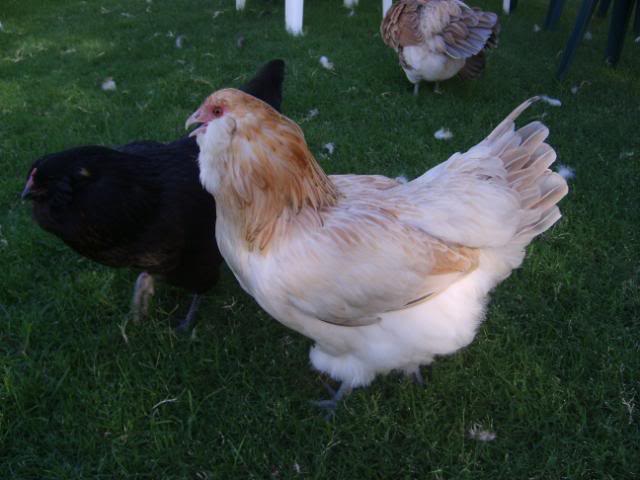


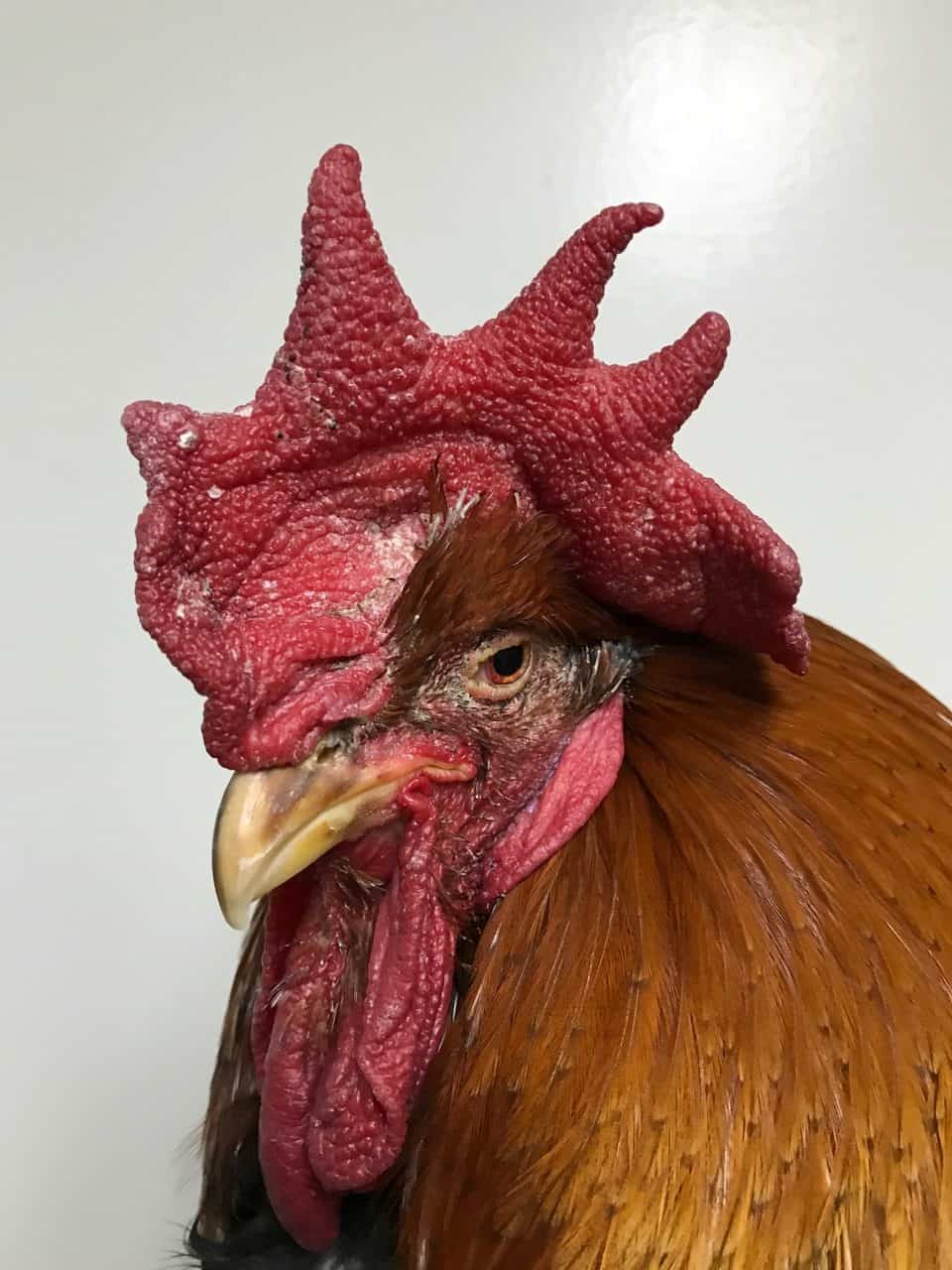

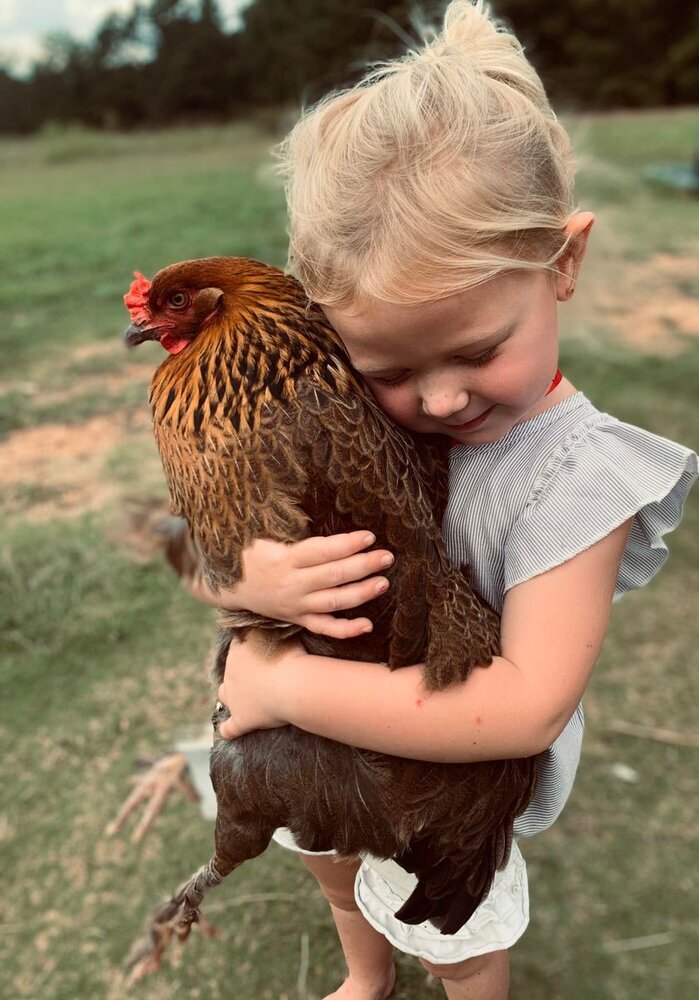

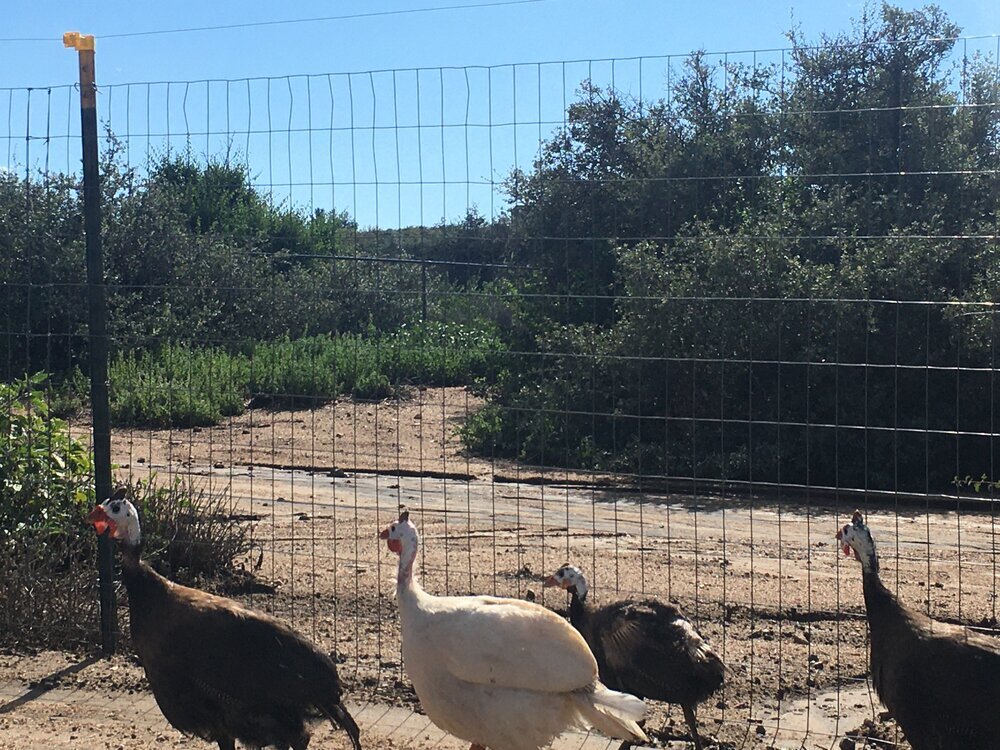
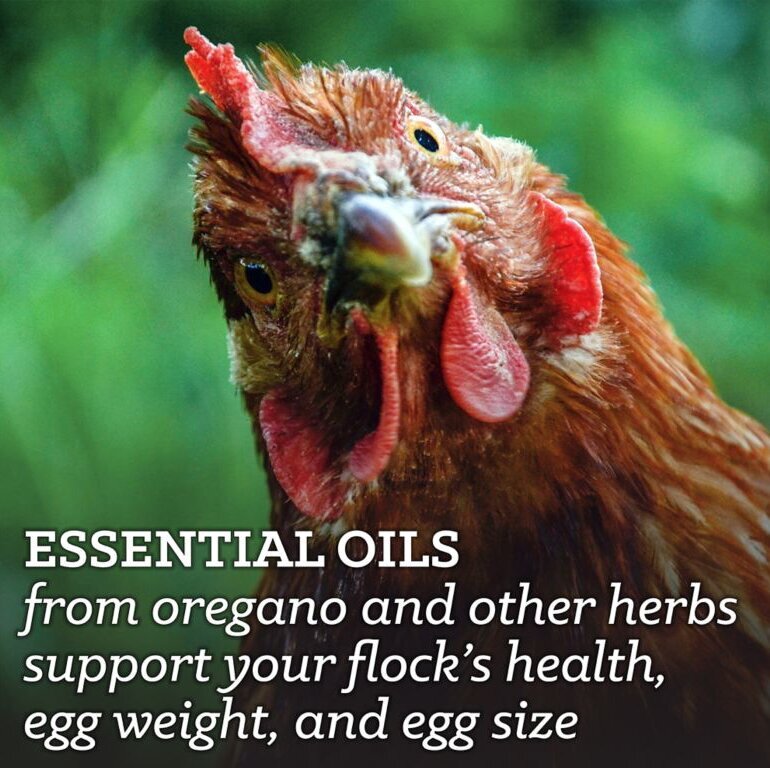
 😅
😅